juwangsan national park
is the backbone of the spiny but beautiful Taebaek Mountain range in Korea
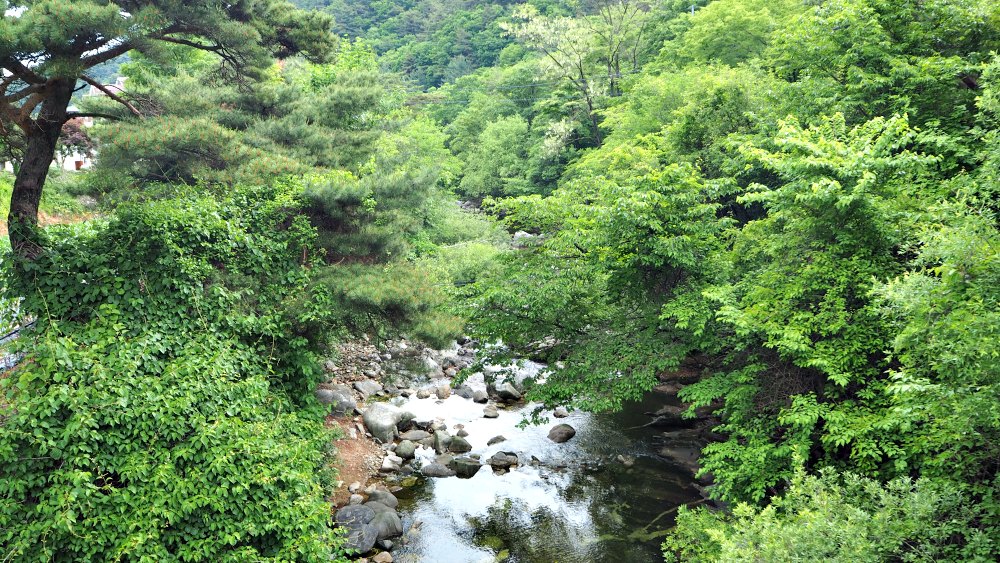 One of the attractive features of Korean parks are the refreshing sights of clear and clean streams
One of the attractive features of Korean parks are the refreshing sights of clear and clean streamsjuwangsan national park
Juwangsan National Park (Korean: 주왕산국립공원, Hanja: 周王山國立公園) forms part of the Taebaek mountain range in North Gyeongsang Province of South Korea
Juwangsan Park was designated as the 12th national park in 1976. Its total area is about 100 square kilometers and 720 meters high.
Its overall size is small compared to other national parks in the country.
The park is home to more than 80 plant species and over 900 animal species.
Belonging to the backbone of the Korean Peninsula, Juwangsan Mountain is mostly composed of rock cliffs and deep valleys.
Although considered small, Juwangsan National Park offers fantastic areas for walking and great trails for hiking.
Attractive Mountain Park Features
During the Silla Dynasty period, people called Juwangsan as Seokbyeongsan because of many stone peaks are jutting out.
However, during the Unified Silla Period, they changed its name to Juwangsan.
Cool Waterfalls
The beautiful and exciting waterfalls are one of the best sights in this park. There are about four famous waterfalls that you can explore
Yongyeon Waterfall and Jeolgu Waterfall are amazing. The waterfalls here are very unique. They successfully carved through stones and created tiers or double cascades over one cliff rock.
Aside from waterfalls, you can also find many caves both explored and unexplored making them mysterious and exciting to visit.
Interesting rock formations are everywhere. Shapes like animals (tigers, dragons, etc.) and even human faces are exciting to look at. Please go and see them yourself!
Ancient Temples
As usual, you can find the Buddhist hermits who made their homes and place of abode and meditation in the mountains.
You can find temples that were established since the days of old. Although most of them are rebuilt religious structures, they are mostly on the very same site where the first temples weres built hundreds of years ago.
Daejeonsa Temple is one of these famous temples you will find in the parking area.
Updates will be added below.
facilities at juwangsan park
Various facilities useful to visitors and hikers are available either for free or for some minimal costs. Just like all parks, Juwangsan is being maintained by government officials and staff.
Admission to the park is FREE!
However, at some cultural heritage sites, you will be asked to pay a minimal amount for the upkeep of the sites.
Parking Areas
The parking area of Juwangsan Park is at the entrance of Juwang Valley called Sangui Parking Lot.
Camping Site
This is available for hikers at Sangui Campground.
A management office, Restrooms (and washrooms), Visitor’s Center, and Resting Area are available as well.
For mountain hikers, check out the courses for your amazing adventures…
mountain hiking trails
Below, are the recommended hiking courses on this mountain park. The courses take long hours to accomplish, and so proper gears and preparations should be kept in mind.
Gamebong Course (6hrs 20mins / 13.4km)
Sangui Parking Lot - Yongchu Falls - Hurimegi Junction - Gamebong Peak
Juwang Valley Course (4hrs / 8.8km)
Sangui Parking Lot - Yongchu Falls - Naewon-dong
Jubong Peak Course (4hrs 20mins / 8.9km)
Sangui Parking Lot - Juwangsan (Jubong Peak) - Hurimegi - Sangui Parking Lot
Jeolgol Cave Course (6hrs 10mins / 13km)
Jeolgol Visitor's Center - Gamebong Peak - Yongyeon Falls - Sangui Parking Lot
Janggunbong Peak - Geumeungwangi Course (4hrs 50mins / 10.6 km)
Sangui Parking Lot - Janggunbong Peak - Yongyeon Falls - Sangui Parking Lot
Woroe Course 1 (5hr / 12.3km)
Yeoloe Park Ranger Post - Dalgi Falls - Neogu Village - Geumeungwangi Junction - Janggunbong Peak (장군) - Sangui Ticketing (Daejeonsa Temple)
Woroe Course 2(5hrs / 12.3km)
Yeoloe (Yeolwe) Park Ranger Post - Dalgi Falls - Neogu Village - Geumeungwangi Junction - Janggunbong Peak - Sangui Ticketing (Daejeonsa Temple)
Areas Open to the Public
Since there are many trails or sites restricted for exploration, ensure that you are following the recommended trails to avoid legar repercussions or danger due to accidents.
The following areas are open to all hikers…
- Entrance of Jusanji Pond - Jusanji Pond
- Daejeonsa Temple - Janggunbong Peak - Geumeungwangi Junction - Yongyeon Falls
- Daejeonsa Temple - Yongchu Falls - Jeolgu Falls - Yongyeon Falls
- Daejeonsa Temple - Jubong Peak - Hurimegi Junction
- Jahagyo Bridge - Juwangam Hermitage - Haksogyo Bridge
Getting to Juwangsan National Park
Take a bus from Dong Seoul Bus Terminal to Juwangsan Bus Stop.
-----------------------------------------------------------------
NOTE: I will be updating this page with my personal experience, including photos of the area. So, please keep in touch or subscribe.
----------------------------------------------------------------
Thanks for reading this article. I hope you have terrific trips always!
Return to Korea National Parks from Juwangsan National Park
Return to Korea Attractions HP from Juwangsan National Park
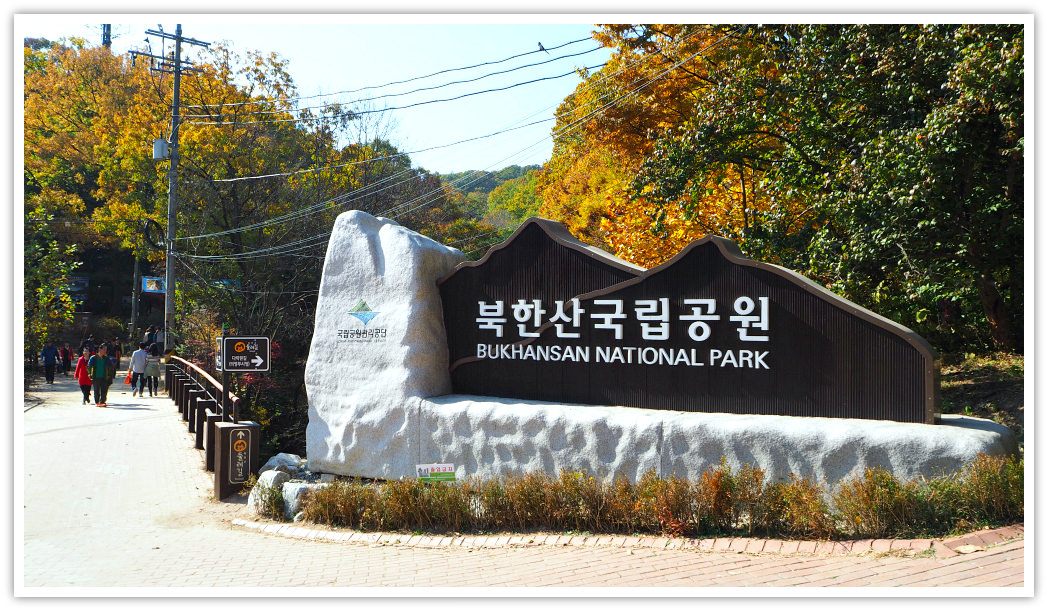
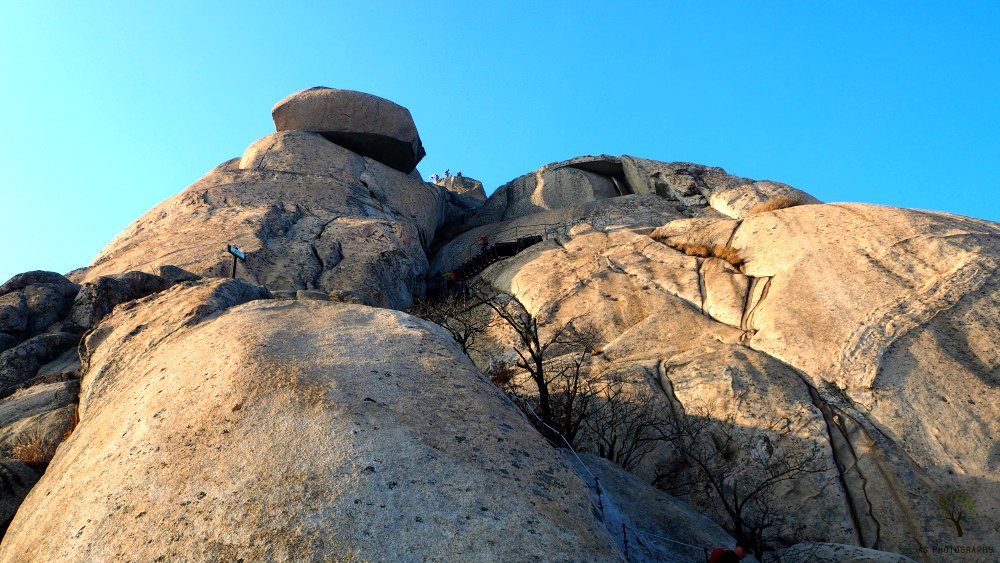
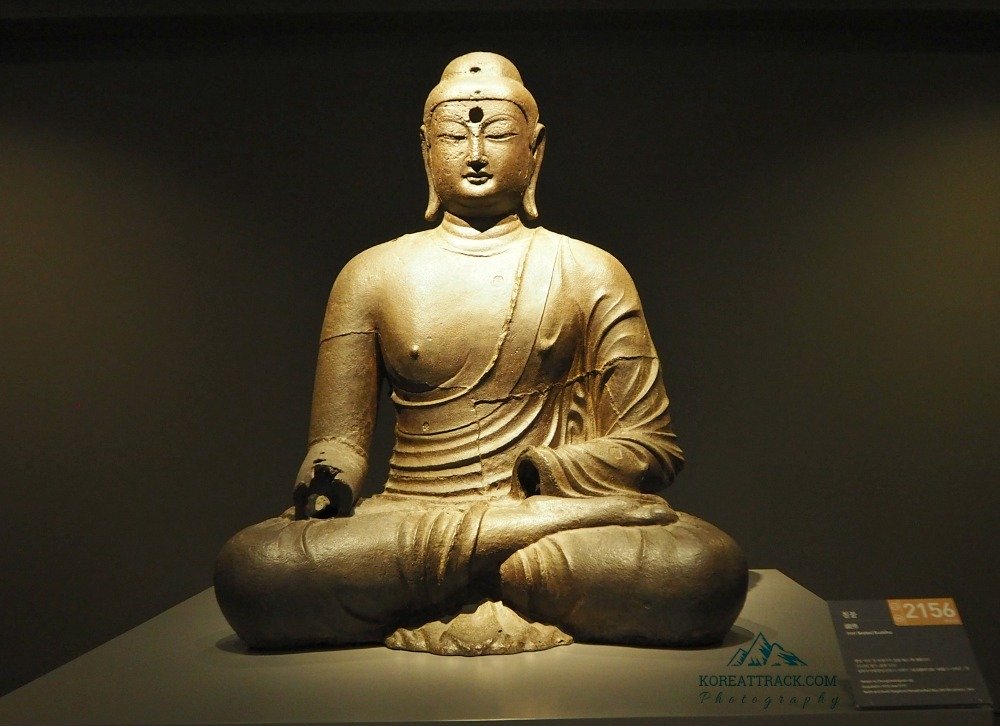
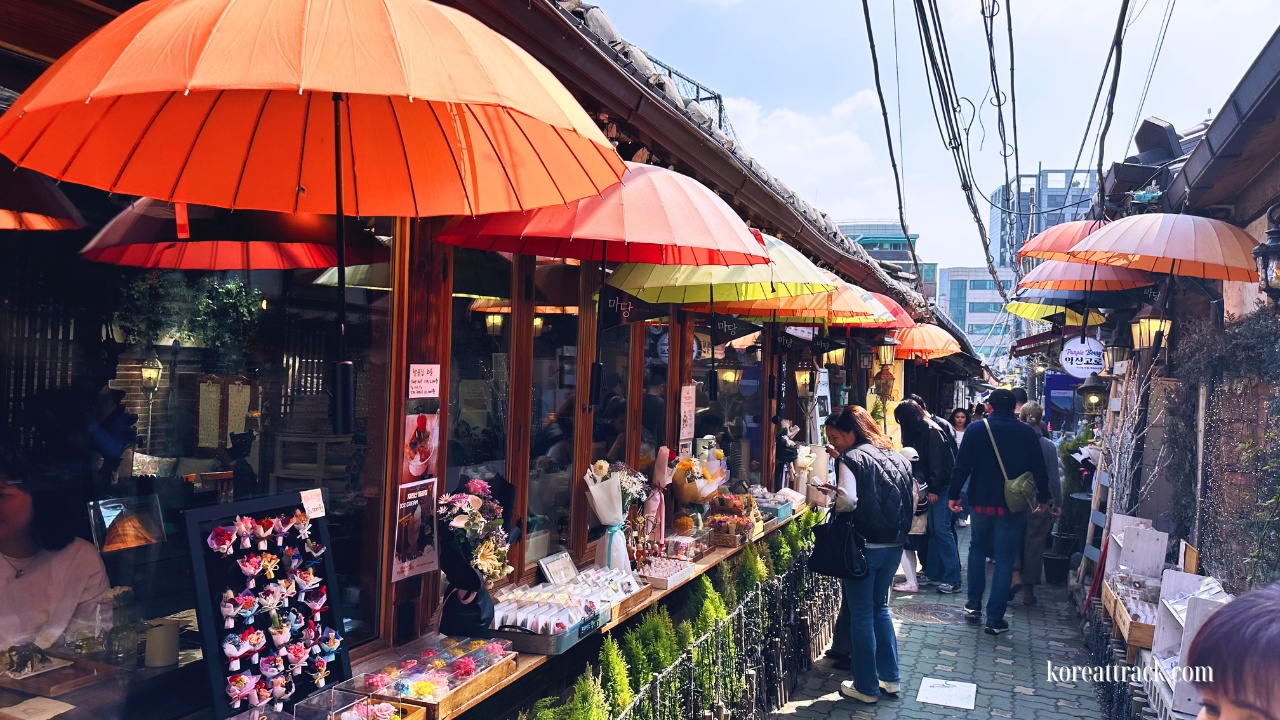
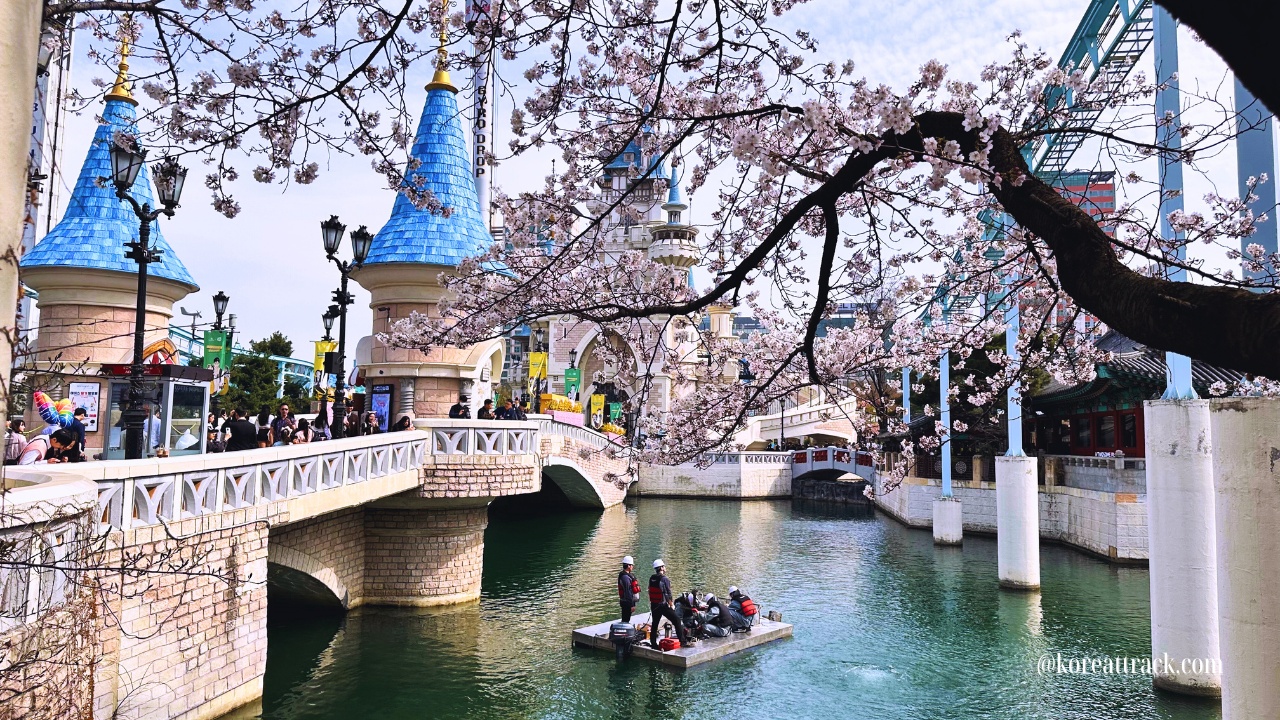
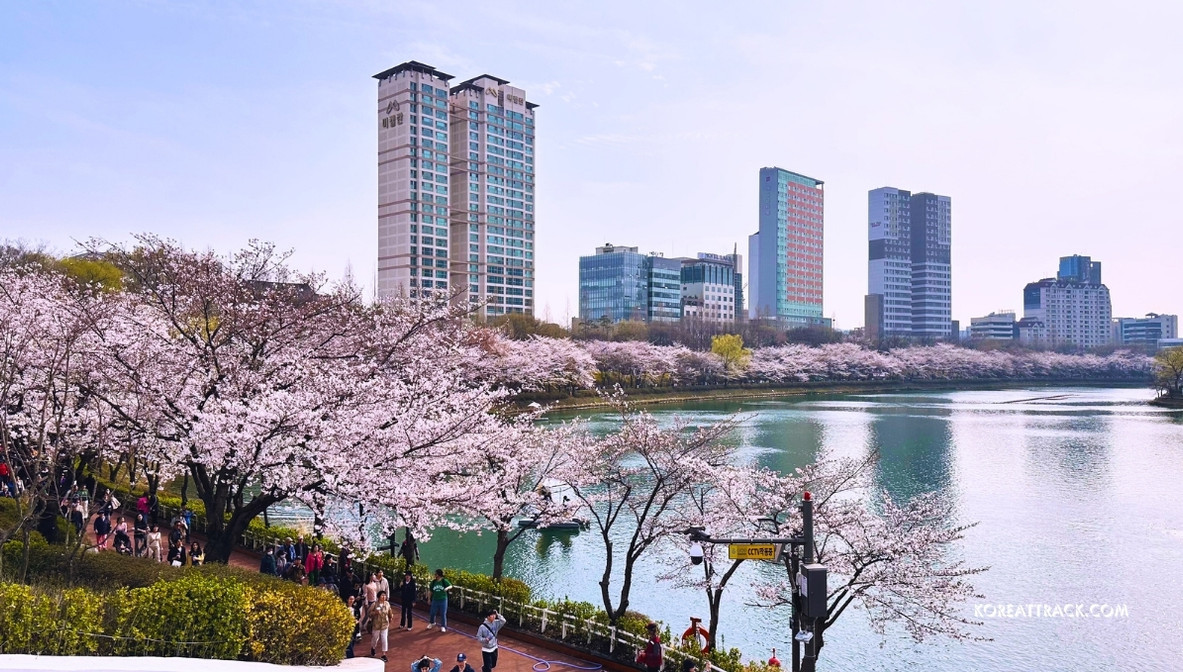

New! Comments
What do you think about this page? Leave me a comment in the box below.